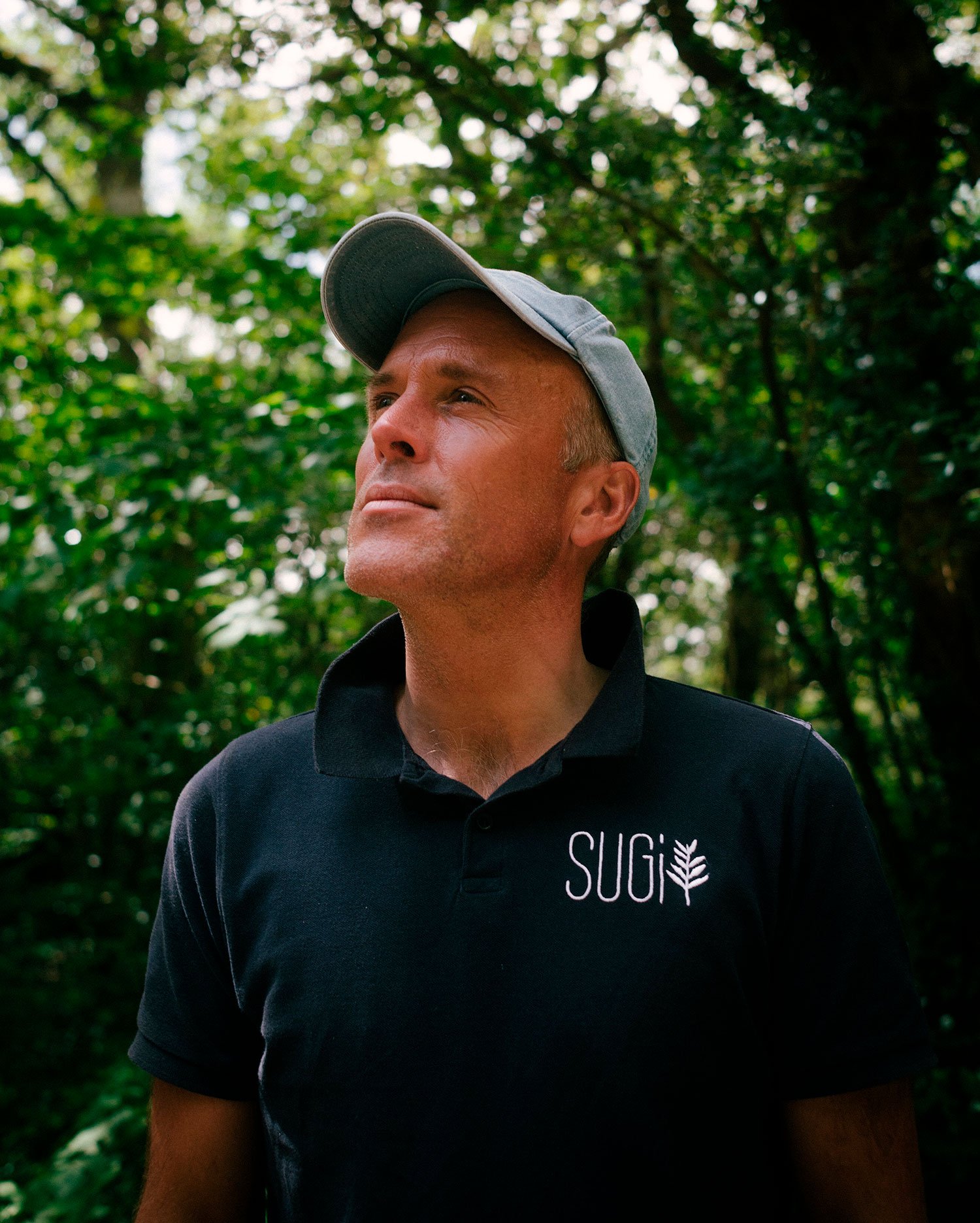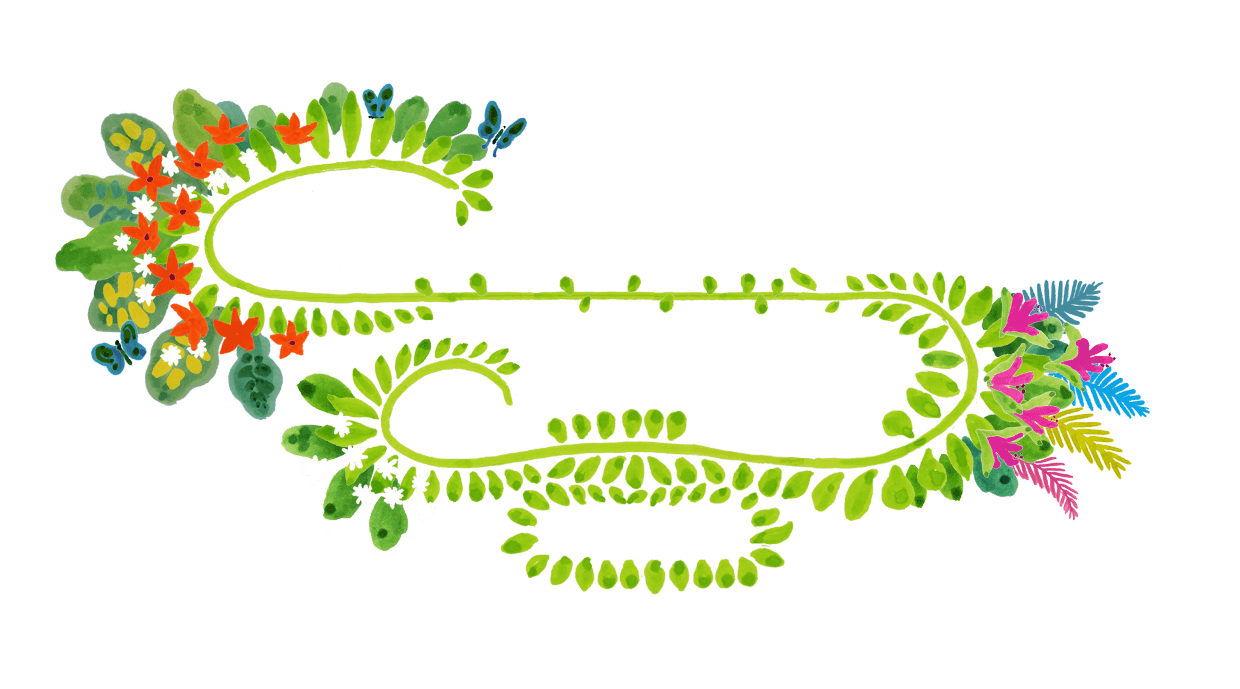
Dagenham, London, UK
Forest of Thanks
A symbol of resilience, hope, and healing for the local community.
SUGi is partnering with the Borough of Barking & Dagenham which has been designated as a national priority for urban regeneration; to build the largest Miyawaki Forest in the UK!
An ambitious coalition of civic and community leaders has come together to support the creation of a Forest of Thanks for all the front liners and regular citizens fighting COVID-19.
This visible affirmation and enduring legacy is to be planted in Parsloes Park, Dagenham in the fall of 2020.
Forest Maker James Godfrey-Faussett

30,000
trees
10,000
square meters
24
native species
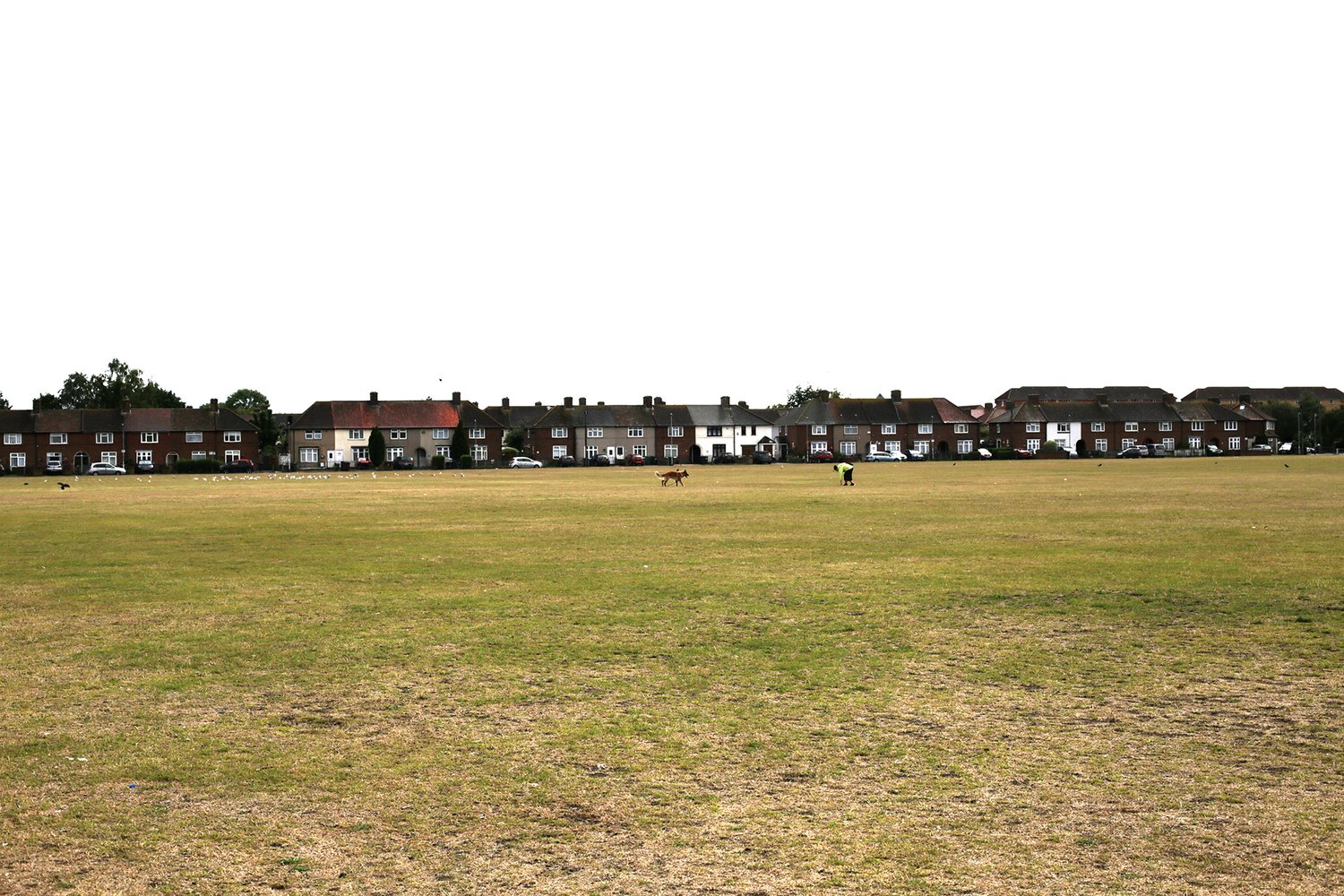
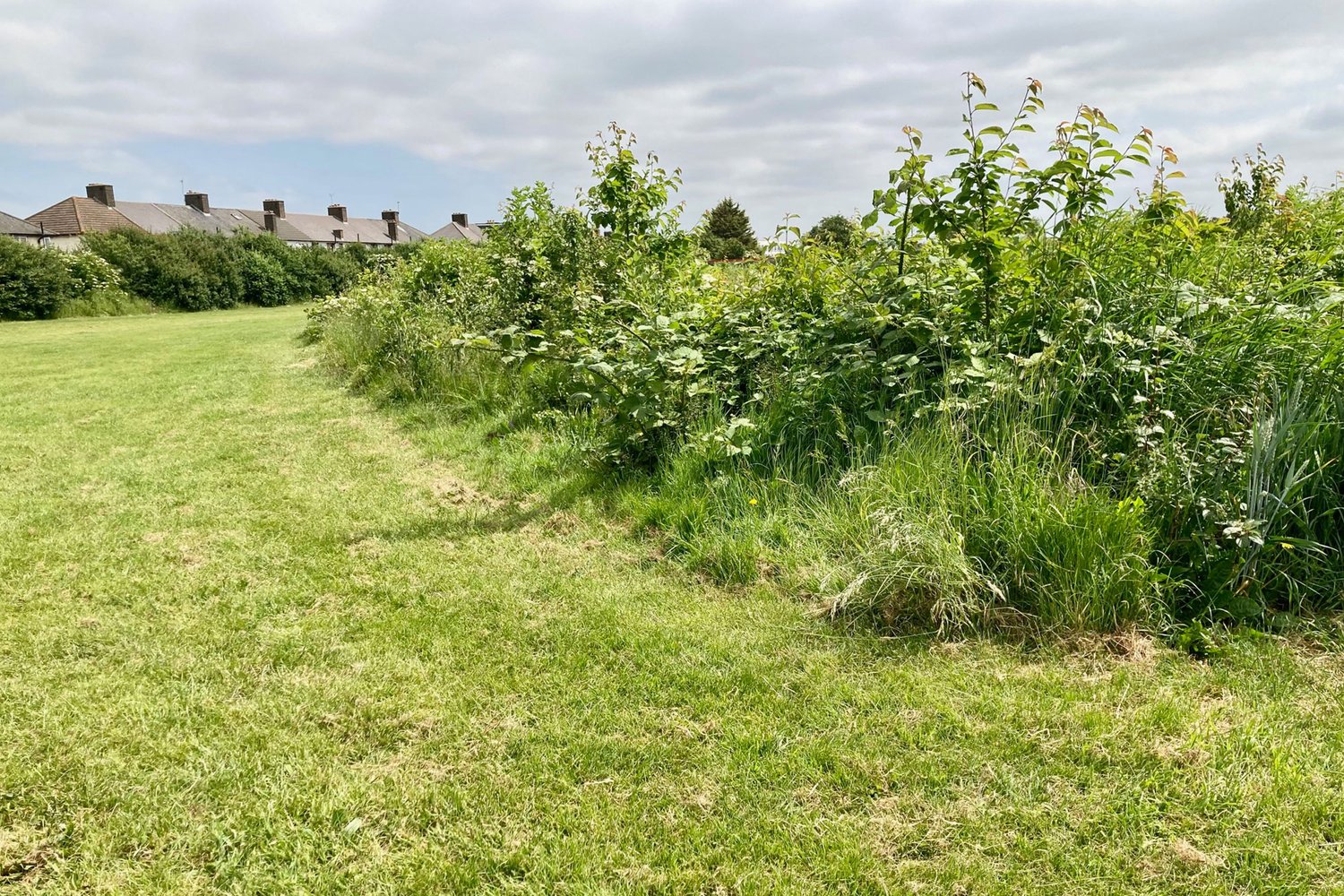
“The Leaders of the Borough of Barking & Dagenham, TCV, NatWest and SUGi have come together to create the largest Miyawaki Forest in the UK as a symbol of resilience, hope, and healing for the local community and the UK as a whole. It’s a very special moment for all of us.”
Forest Report: 2 Years
DATE: 26.11.2022
Survival Rate: 85%
Tallest Tree: 185cm
This is an immensely resilient forest. Its second year has been difficult due to the drought of summer 2022, though it continues to grow in conditions that have killed off young trees planted under traditional methods. Indeed, this forest is in a very exposed location, adding to the challenges it faces, but also highlighting its hardiness.
Oaks are doing well, and whilst survival rate is still very good, overall growth has been hampered a little. We are expecting this forest to recover well in its third year and are optimistic that plants that are looking very dry will resprout next spring.
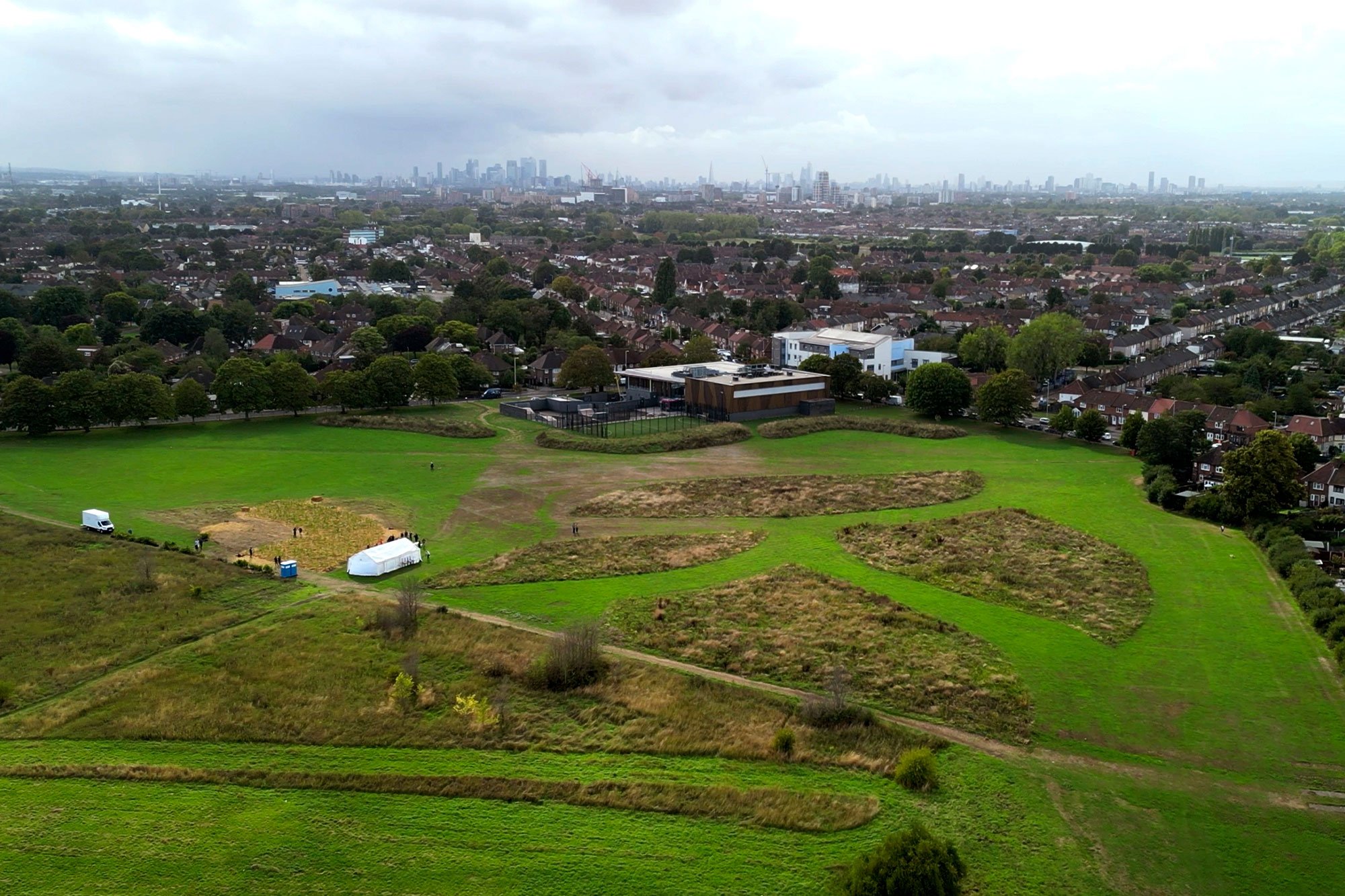
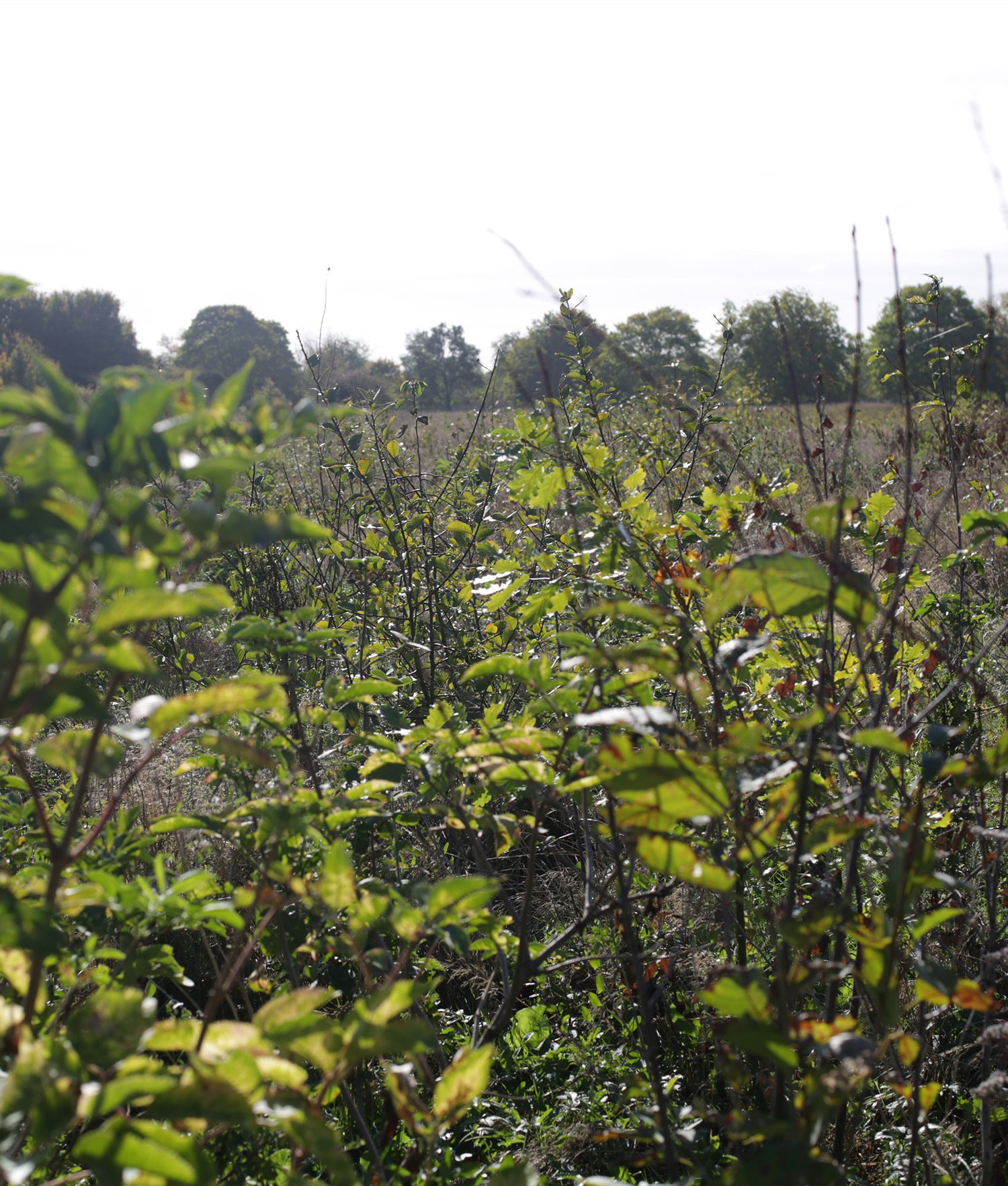
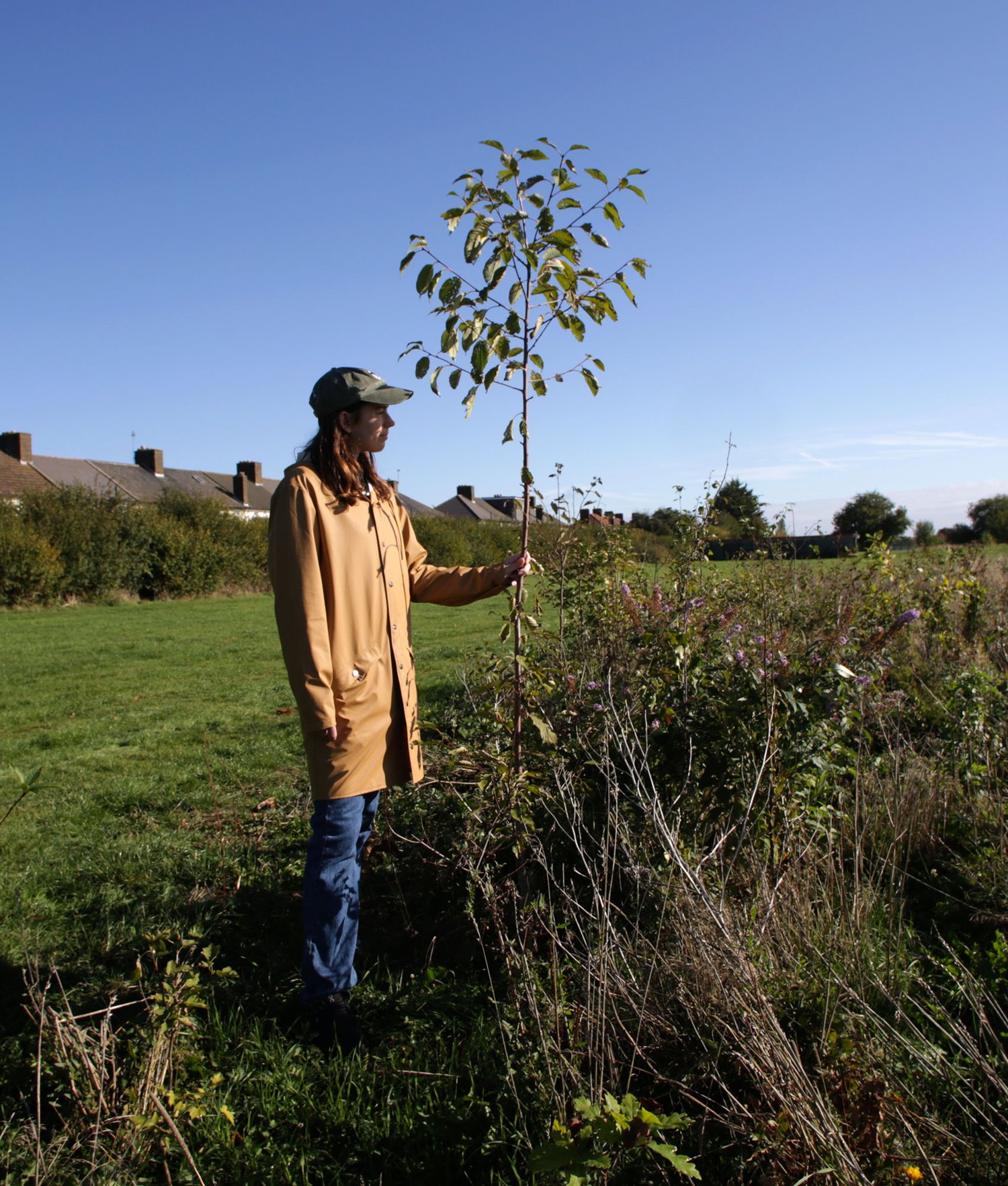
Biodiversity Notes:
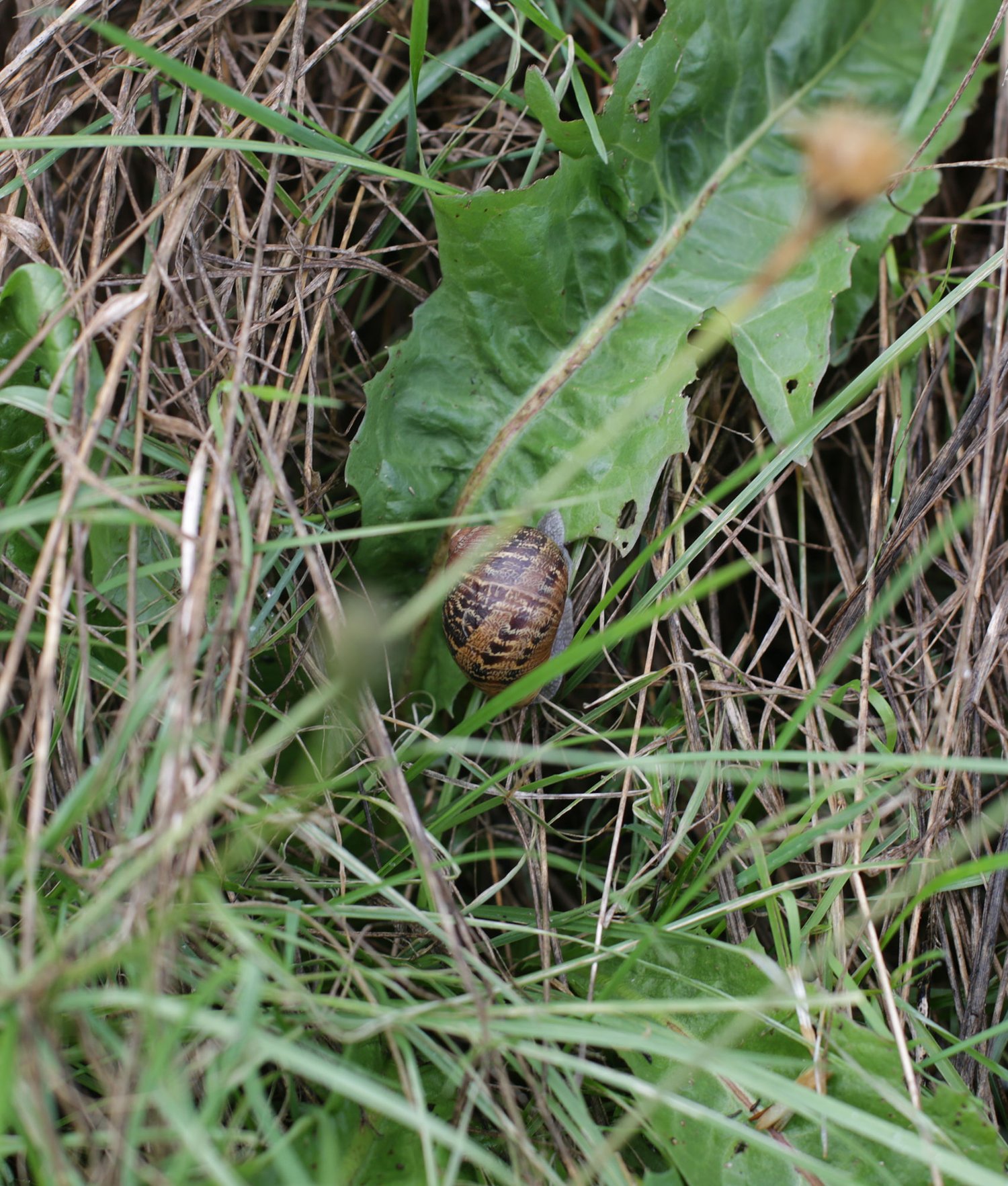
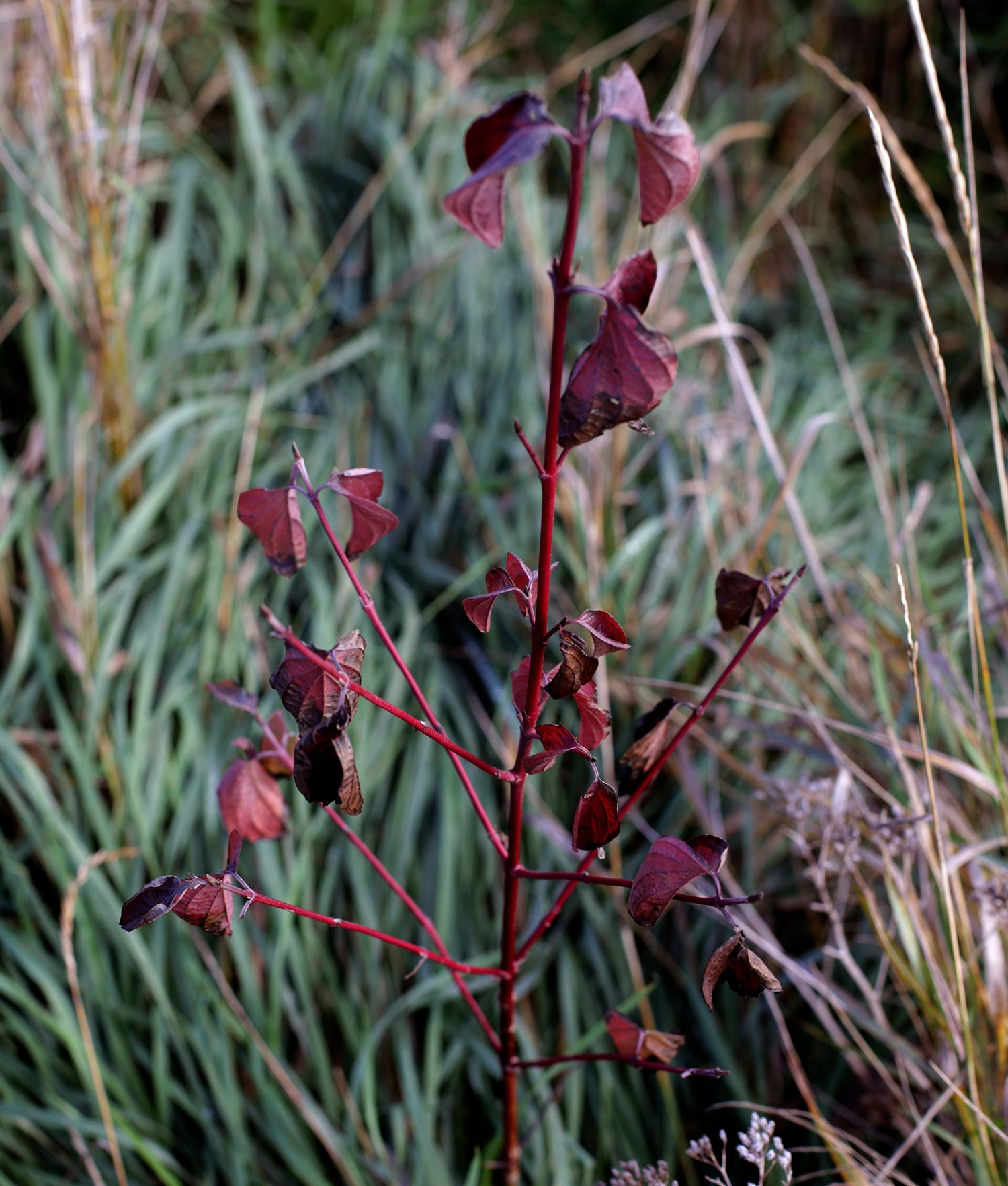
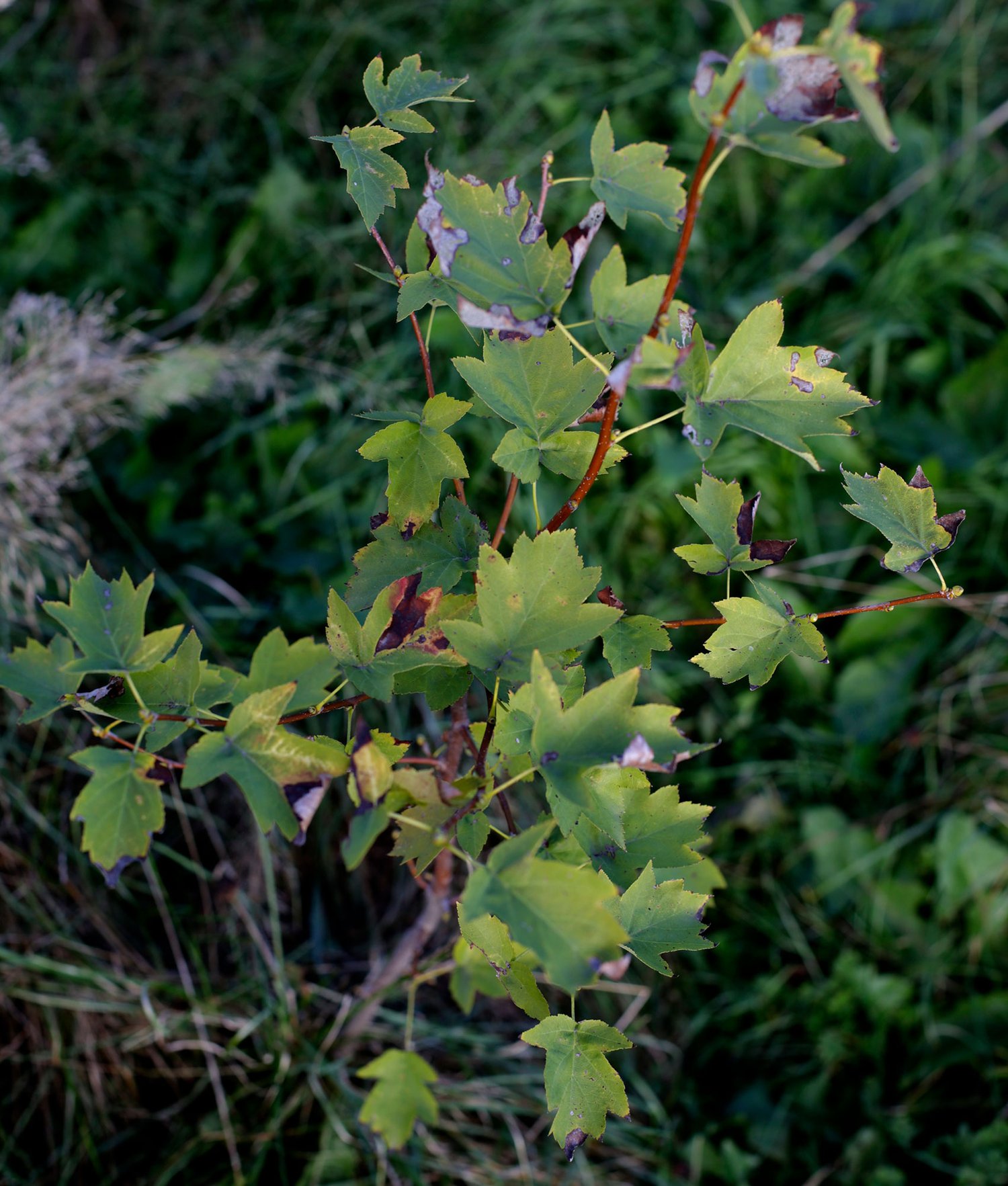

Forest Report: 1 Year
DATE: 26.11.2021
Survival Rate: 99.5%
Tallest Tree: 170cm
The forest has grown over the first year with minimal maintenance. No watering and just some weeding where possible. After a hard winter a few saplings initially died back, but come the spring have resprouted showing great resilience. This is partly due to the thick layer of protective mulch.
Growth has begun to accelerate from the late summer as the root network begins to establish and knit together, allowing greater uptake and availability of minerals and water that contribute to above ground biomass and growth.
Overall, we estimate we lost a maximum of 150 saplings which is 0.5 %. Some trees have doubled in size. They were 30 to 50 cm upon planting and now are ranging from 90 to 170 cm. (6 months was 40 - 90cm)
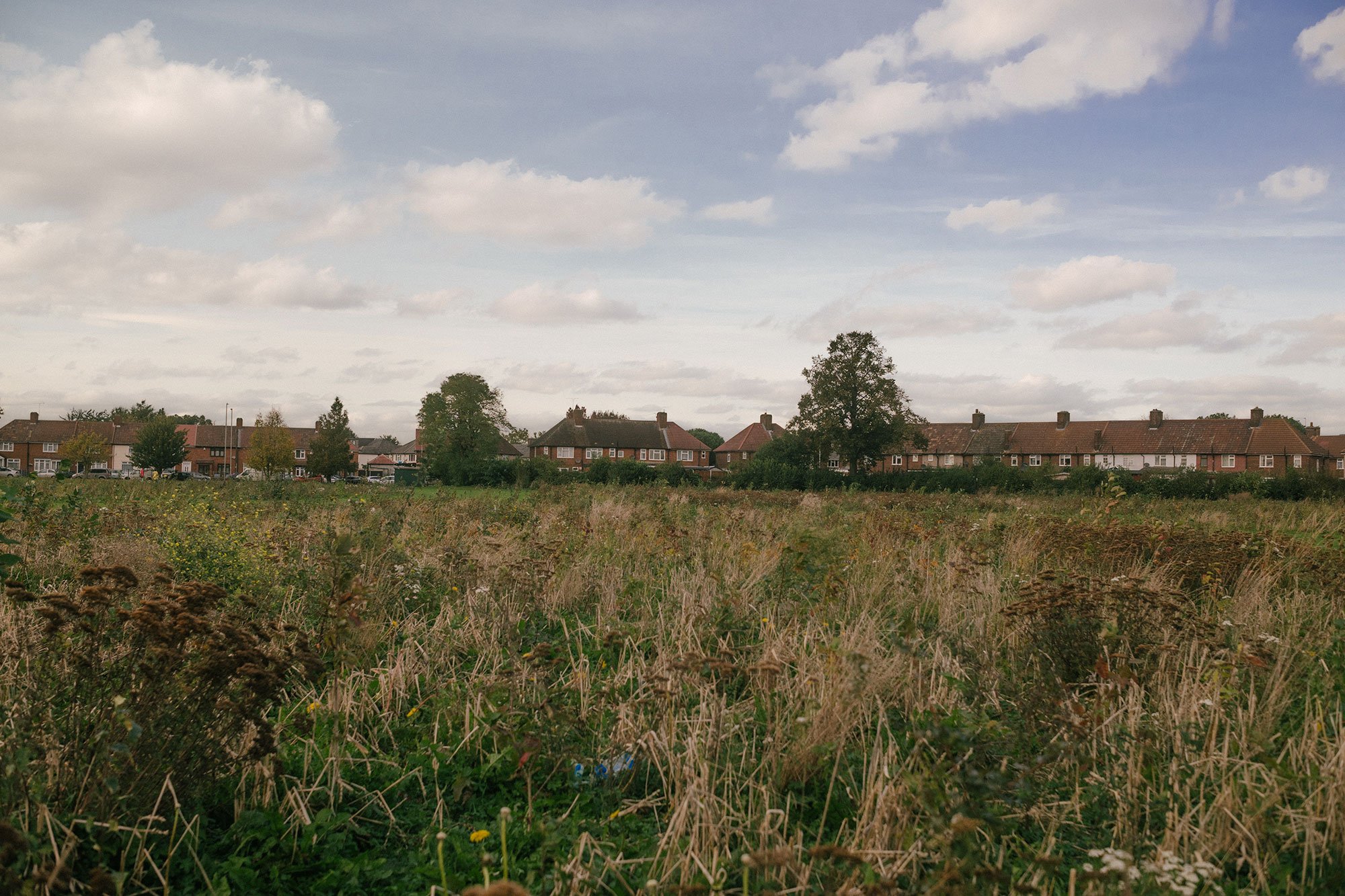

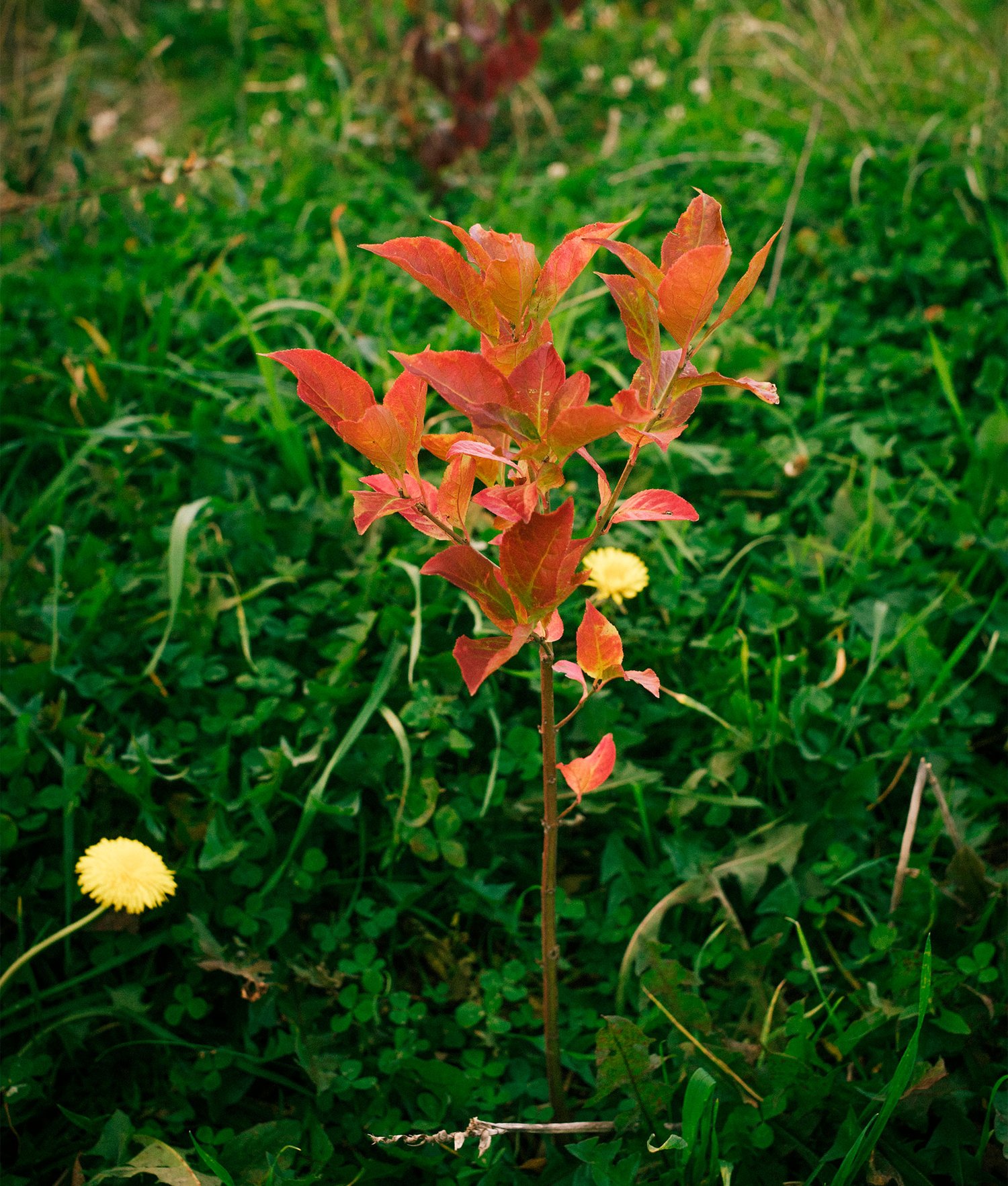
Forest Report: Planting
DATE: 26.11.2020
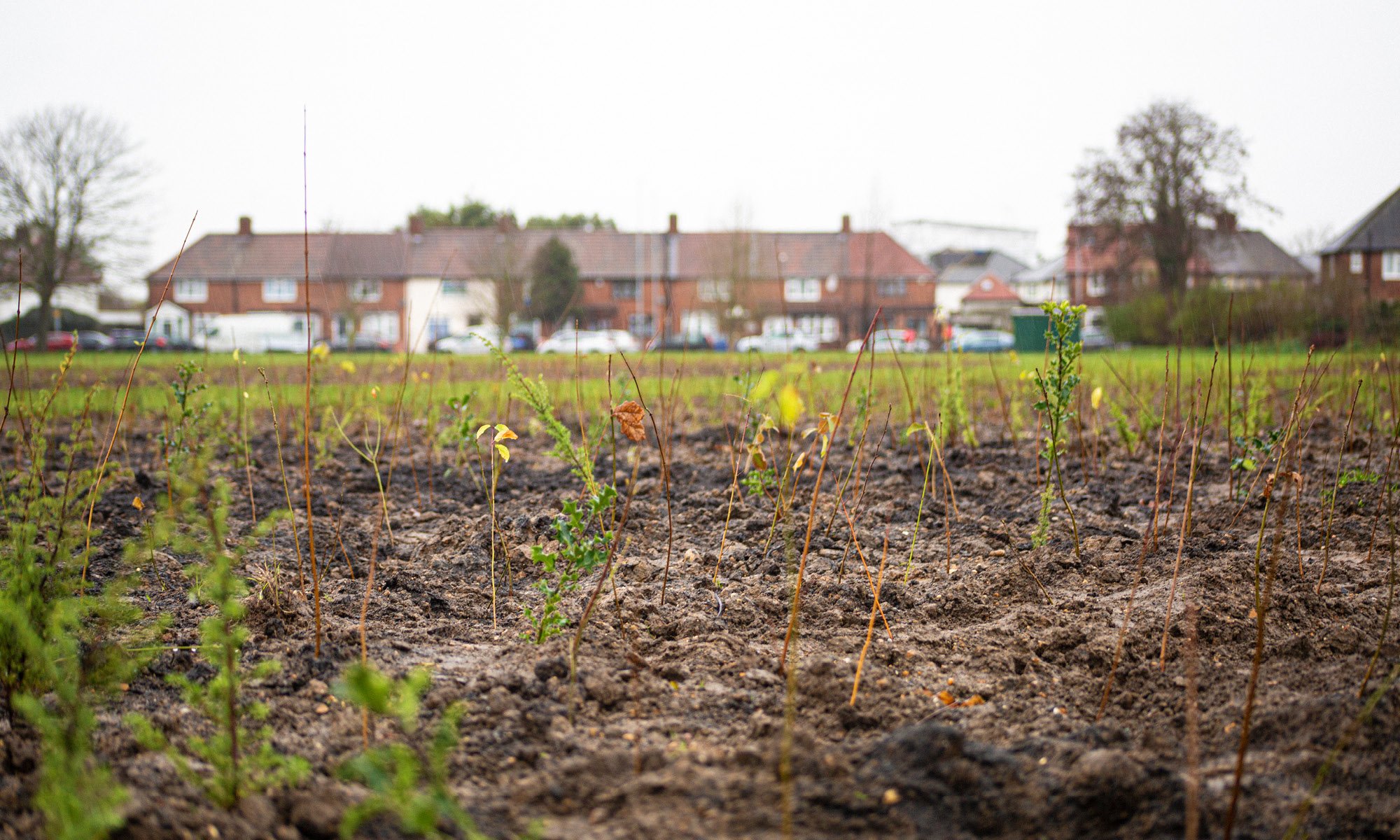


“We are so honored to work with the Barking & Dagenham council to create the largest Miyawaki forest in the UK and Europe! Special thanks to Gareth for his vision and trust. Let's keep building a biodiverse world.”
Forest Design
We choose the leaf of an Oak tree (Quercus Robur) as the design for the forest. The Oak tree is a symbol of strength, morale, resistance and knowledge.
Oak trees support a complex ecosystem with many species, including humans.

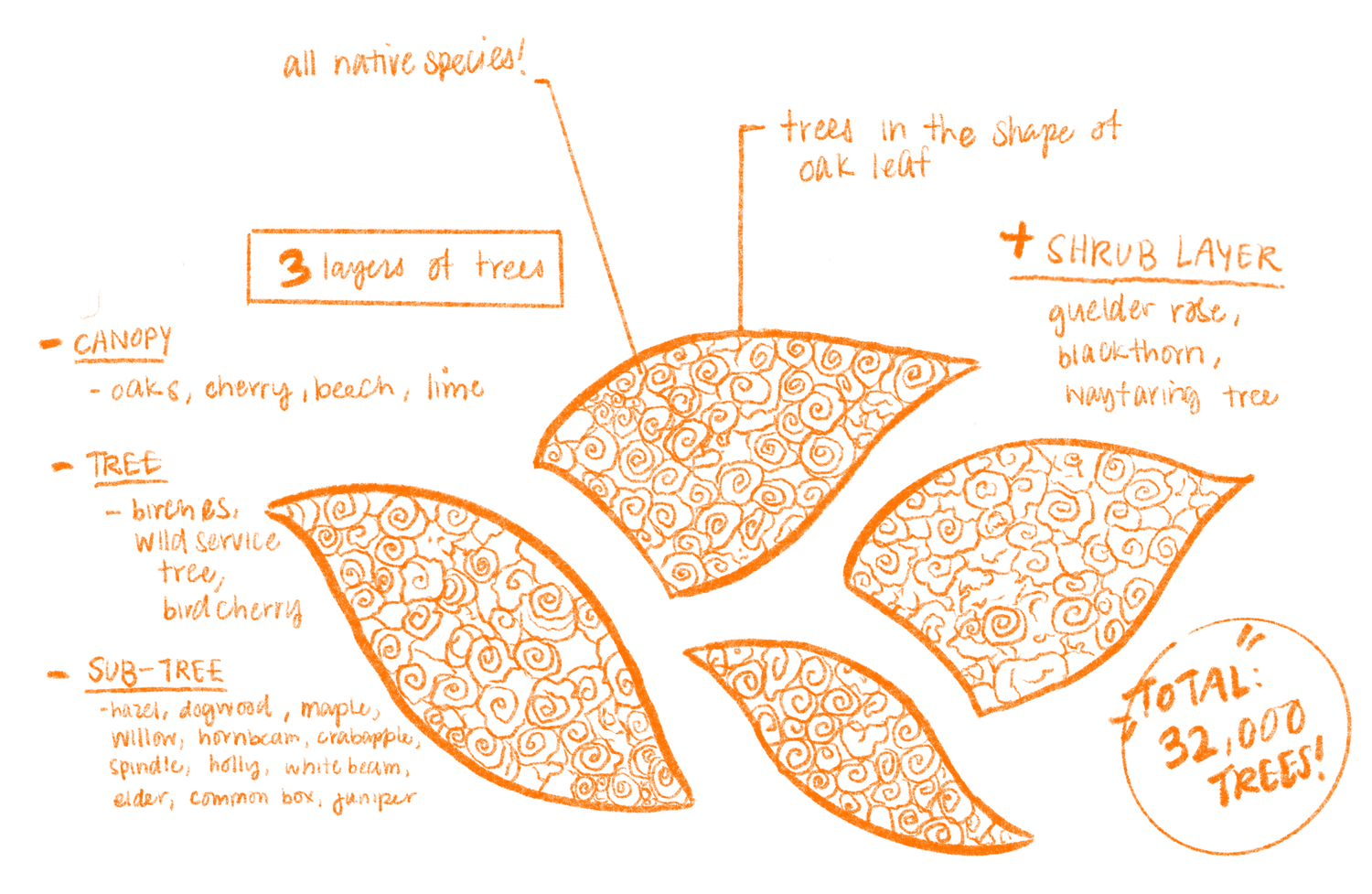
Discover more SUGi Projects

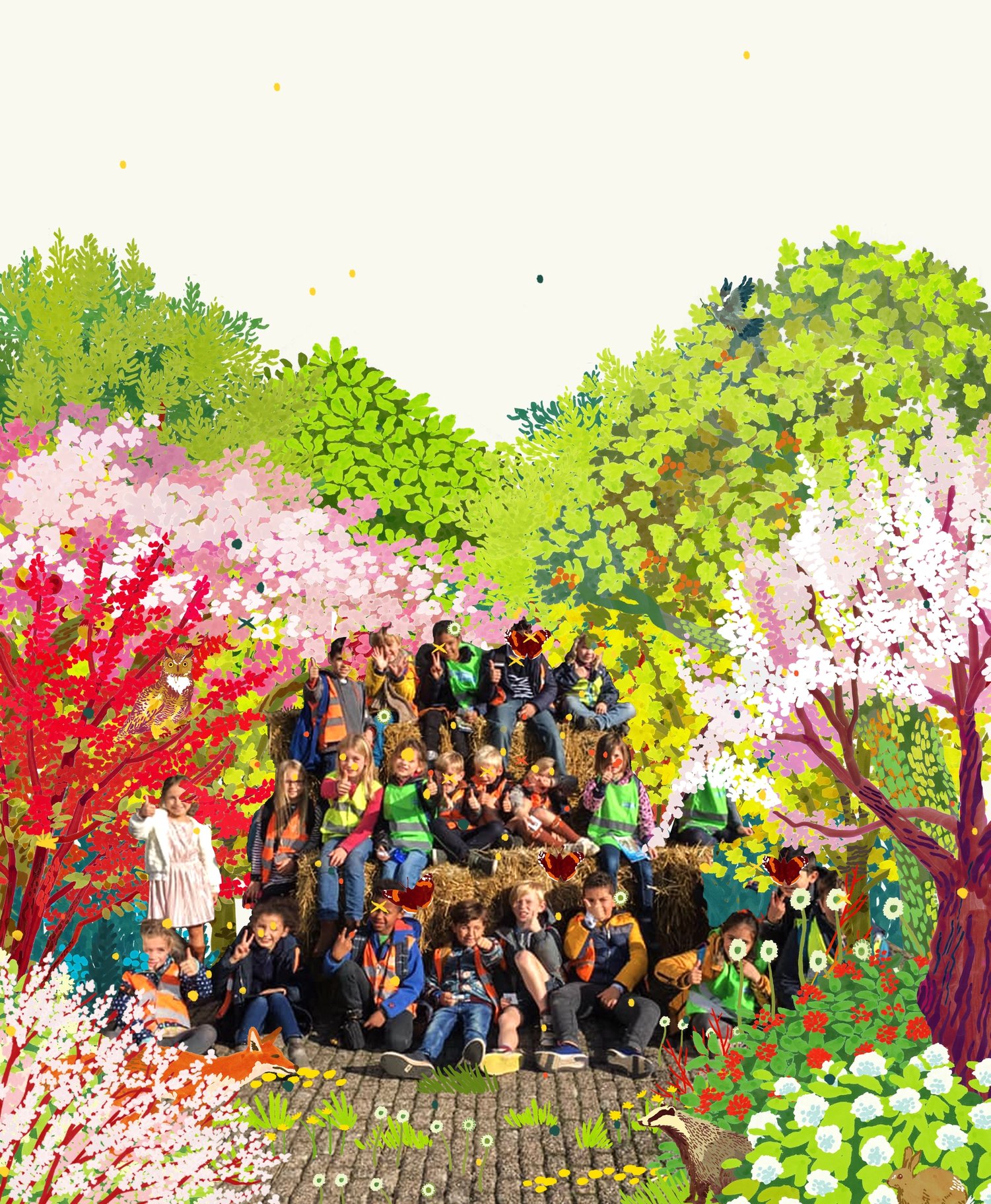
De Ark
A forest learning center in Sint-Niklaas


Langalibalele Forest
Cultivating a green oasis for community wellness and education.

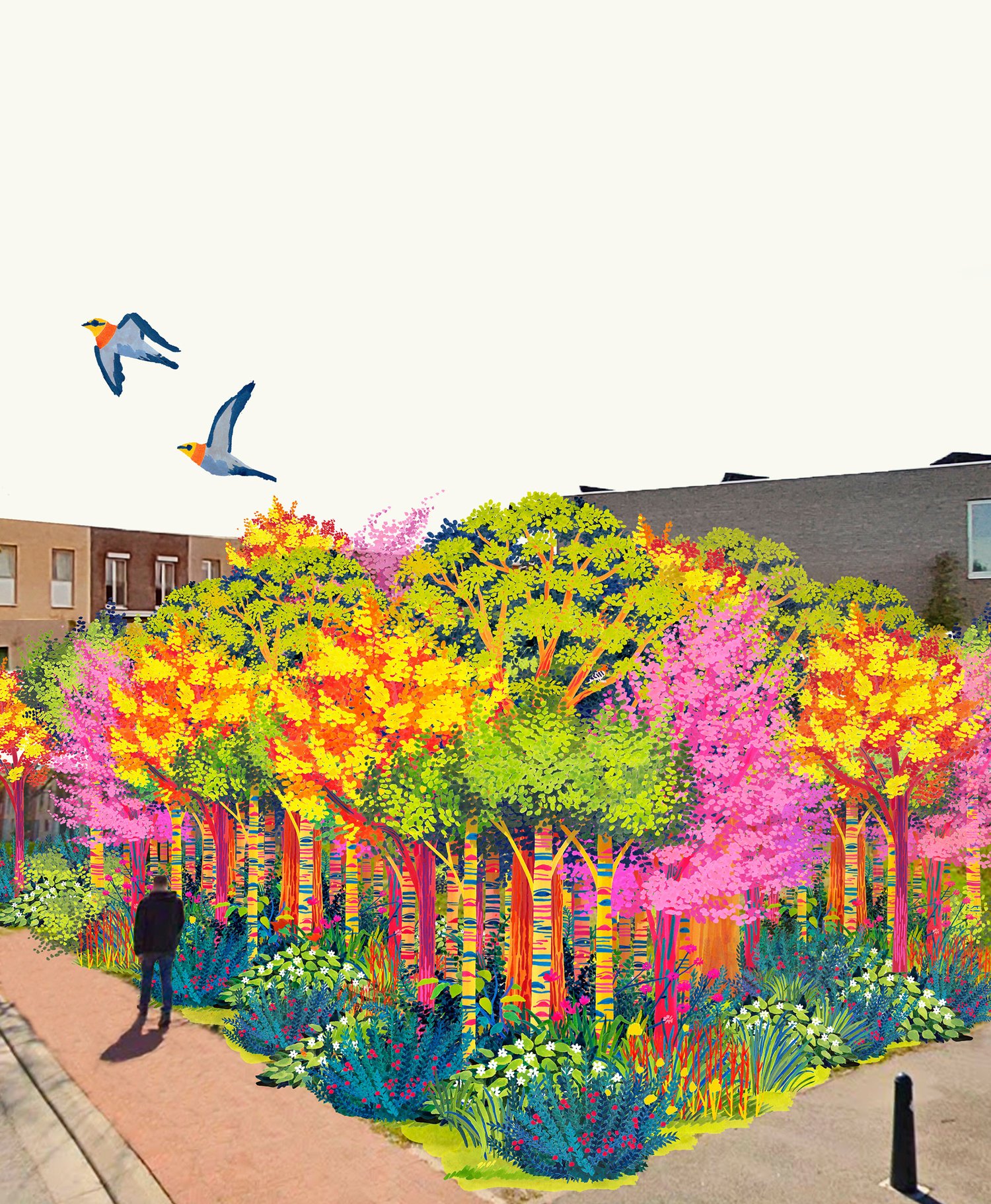
Papenhof Forest
Nature-based therapy at the heart of a city

